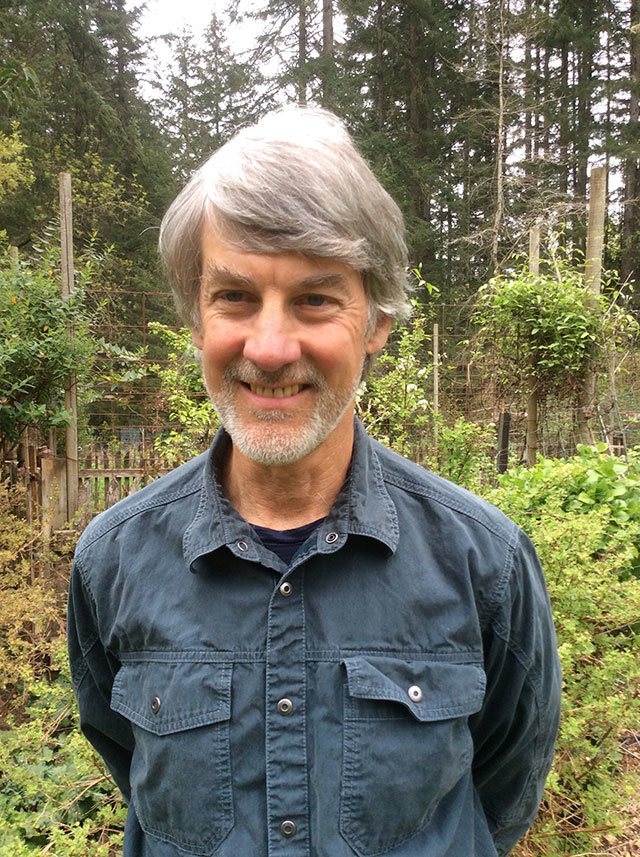Tomorrow at McMurray Middle School, King County will hold its first of two public forums on draft recommendations for the Vashon Community Service Area Plan. A critical part of the plan focuses on Vashon Town, Center and the area between, officially called the Vashon Rural Town.
The key question is whether we can protect this area’s rural feeling and, at the same time, enable more affordable housing within it.
Not surprisingly, there is a passionate debate over this question within the citizen advisory group advising the county, as well as the interest groups observing the discussions. The debate has a long history, preceding even the 1986 community plan and the 1996 town plan.
I served on both those planning committees and have lived on Vashon for 40 years. Over these years, property values and taxes have risen, resulting in less economic diversity and fewer housing options. Regulations and lack of easy access to and from the island have limited growth. Nonprofits arose to create and sustain a vibrant community. Water districts have generally managed the water resource cautiously. Various interests increasingly “sell” Vashon as a destination without explaining island limits. These trends reflect a struggle to sustain Vashon’s island culture.
As we plan, we have to be honest about the conditions that constrain the effectiveness of proposed actions and can lead to unintended consequences. There are at least three such conditions:
1. Economic forces are difficult, if not impossible, to control. They are increasing living costs and challenging our desires for inclusion and diversity.
2. The limitation of available water on an island can’t be circumvented. People may argue about how much water is truly available, but there is no other resource that demands more caution and stewardship.
3. The lack of affordable housing across our nation reflects deep inequalities in our society and is unlikely to be solved quickly, and without improved subsidies and nonprofit work.
As a result, two questions are critical in assessing new planning proposals. First, does the zoning reflect community values — in our case, the island’s desire to preserve diversity of use for our human activity with a feeling of rural character? Does the plan align the potential number of units the zoning allows with the projected water supply?
Second, is the plan “conservative” in that it represents a thoughtful, incremental step? Incremental change is critical. It allows us to account for past efforts and integrate them with an assessment of today’s conditions and future possibilities — whether they are opportunities (new technology) or constraints (climate change).
Given these trends, questions and conditions, here is what I like and what I would change in the county recommendations.
What I like: There is no expansion of the Vashon Rural Town area; some of the land between Town and Center is protected, reducing the threat of sprawl along the highway; design standards for the town are improved and relaxed where appropriate; accessory dwelling units will be easier to achieve, and adding housing options and a density bonus only applies for 100 percent affordable housing projects.
What I would change: As proposed, the density bonus would apply at the parcel level within zones normally restricted to four, eight or 12 units per acre and without public notice. However, it should require public notification when a developer applies for the density bonus. It should also limit the bonus to 12 units per acre instead of 18 as proposed, especially for the R4 zone. This lower density option would integrate projects better with the scale of protected parcels along the highway.
Some changes specifically for utilities should include zoning build-out capacity that aligns with forecasted water supply. Based on current zoning of the Vashon Rural Town area, residential build-out would exceed 2036 forecasted water availability four-fold. The plan should also avoid a pace and scale of development that might require expensive water and wastewater improvements that result in unaffordable utility rates. For example, large amounts of water seep into our old wastewater collection pipes and limit sewage treatment capacity. Lastly, the plan should advocate for development of affordable housing incentives and models scaled to rural communities.
Even with these changes, the county’s affordable housing proposal isn’t perfect, but it reflects compromise. Some support eliminating the density bonus altogether; others want more density.
I ask you to consider all this, attend tomorrow, and voice your opinion.
— Martin Baker is an islander who spent his career delivering transit, solid waste, water and wastewater services.
The forum on affordable housing will meet from 6 to 8 p.m. Thursday, Feb. 23, at McMurray Middle School.



